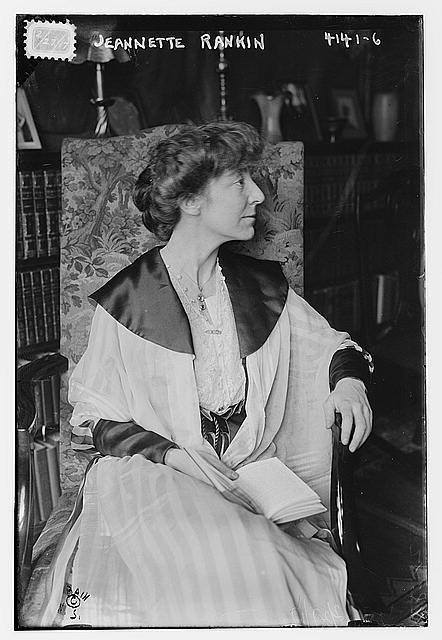

Delegates also adopted the term pacifism at the 10th International Peace Conference held in Glasgow in 1901.

This was the context in which the French anti-war writer Émile Arnaud first started using the term pacifisme in French (from the word pacifique, which means ‘peaceful’). Naturally, some objected to the use of violence to solve political or social conflicts, and many felt that the considerable advances in science and technology that had defined the 19th century should be matched by a refinement of human nature, away from violence and towards peace and stability.

The 19th century was hardly the most peaceful period in modern history, with wars, upheavals and conflicts around the world. These figures inspired Mohandas K Gandhi (later called Mahatma Gandhi) in his non-violent struggle against British colonial rule in India.īelow are a few key principles in anarcho-pacifism. American philosopher Henry David Thoreau's thought was shaped both by his Unitarian Christian background and his interest in Hindu spirituality. Leo Tolstoy profoundly influenced anarcho-pacifist thought and deeply inspired by his Christian pacifist faith. Religions like Christianity, Islam, Hinduism and Sikhism all have strong traditions of resisting unjust laws or persecution through peaceable means. Many anarchists are also anti-clericalists, who oppose the undue privilege they believe is exercised by representatives of organised religion.īy contast, anarcho-pacifist thought doesn't automatically equate religious belief with coercion and some anarcho-pacifists have been strongly motivated by their religious beliefs. Many forms of anarchist thought view religion with scepticism or even hostility. The only legitimate revolutionary methods in anarcho-pacifism are non-violent ones, such as civil disobedience. They may also be socialists, collectivists or communitarians, or closer to individualist or mutualist positions.īy contrast, anarcho-pacifists view violence as a form of coercion and therefore see it as incompatible with anarchism. They may be motivated by religious beliefs, or they may be atheists. Anarcho-pacifism DefinitionĪlthough there is a great deal of ideological variance within anarcho-pacifist thought, all anarcho-pacifists subscribe to two core principlesīeyond these two core beliefs, anarcho-pacifists may adhere to various ideological positions. In this explanation, we’ll look at the key ideas within anarcho-pacifist thought and how they compare with other expressions of anarchism. However, throughout the history of anarchist thought, there have always been individuals who have advocated peaceful, non-violent ways of rejecting the state. It’s difficult to reconcile this stereotypical image of anarchists with the idea of pacifism and non-violence. We might have in our minds an image of a typical anarchist - a young person, perhaps masked with a bandana, throwing a molotov cocktail at rows of riot police during a violent demonstration. Slavery and the Constitutional Convention.Philosophy of the Declaration of Independence.


 0 kommentar(er)
0 kommentar(er)
